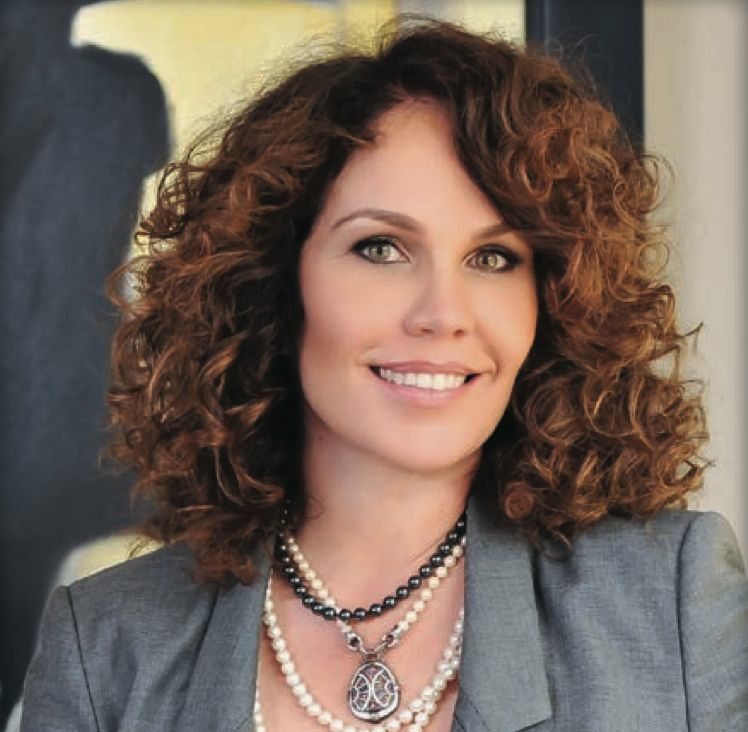Legg Mason Announces Acquisition of Martin Currie
| For Alicia Miguel | 0 Comentarios

Legg Mason has announced the acquisition of Martin Currie, an active international equity specialist based in the United Kingdom. With offices in six locations, Martin Currie expands Legg Mason’s product capabilities in active equity strategies including Global Equity, Global Emerging Markets, Asian Equity, European Equity and strategies specifically focused on Japan and China.
The transaction is expected to be slightly accretive to Legg Mason’s earnings in the first year and is scheduled to close during the fourth quarter of 2014. Terms of the transaction were not disclosed.
The firm will become a core independent investment affiliate of Legg Mason, along with Brandywine Global, ClearBridge Investments, The Permal Group, QS Investors, Royce & Associates and Western Asset Management.
Also as part of this transaction, Legg Mason Australian Equities with US$2.5 billion in AUM and a 14-person team led by Reece Birtles, will become part of Martin Currie, consistent with Legg Mason’s strategy of creating fewer and larger investment affiliates. LMAE is an active Australian equities manager, offering clients strategies that include Small Cap, Property/Infrastructure, Income and Large Cap Value. These strategies will continue to be managed by the LMAE investment teams, while the combined business will benefit from an expanded global institutional reach.
With over 130 years of history and as an active international equity specialist, Martin Currie is focused on alpha generation alongside building superior client relationships. As such, it adds significantly to the Legg Mason affiliate lineup:US$9.8 billion of assets under management; afundamental research-driven investment process to deliver index-relative, unconstrained, absolute return and equity income strategies through both segregated mandates and fund products; an investment philosophy and process that is both scalable and distinctive. The group has key capabilities in Global Emerging Markets, Asian, European and Global equities; adeeply-resourced and experienced investment team, with 46 investment professionals and a risk team that is integrated into the investment process and has strong analytic capabilities, technology and resources; a multi-award winning alternative product range with a 14-year track record in both Japan and European long/short; a broad institutional client base including sovereign-wealth funds, pensions, corporations, foundations, charities, family offices and financial institutions; a truly international client base with a balanced spread across Australia, Asia, EMEA and the US.
Joe Sullivan, President and CEO of Legg Mason said, “Martin Currie’s active international equity capabilities fill our largest product gap and are a perfect complement to our existing investment capabilities. The Martin Currie management team shares our passion for innovation, our commitment to delivering compelling investment results and our singular focus on the needs of our clients. Martin Currie is a perfect strategic fit for our growing equity business in Australia, where we see meaningful opportunity. We believe that, over time, our global retail distribution platform will be able to meaningfully leverage Martin Currie’s broad based investment capabilities. We are delighted to be the partner of choice for great investors such as Martin Currie.”
Willie Watt, Chief Executive of Martin Currie, said: “We believe Legg Mason is the ideal strategic partner to grow our business further and will position us as the strategic international equities specialist in one of the most powerful independent investment management companies globally. Most importantly for our clients, the partnership gives us investment and operational autonomy, and this means our client proposition remains unchanged.
“In partnership with Legg Mason we will have efficient access to new markets and client segments through their market-leading and sizeable retail distribution network as well as valuable seed capital which will allow us to be at the forefront of new product innovation”.
The senior management team at Martin Currie has signed new long term contracts in conjunction with the transaction providing continued strength and stability.Legg Mason was advised by J.P. Morgan Securities LLC and Dechert LLP; Martin Currie was advised by UBS Investment Bank; and the Institutional Selling Group was advised by Herbert Smith Freehills CIS LLP.





